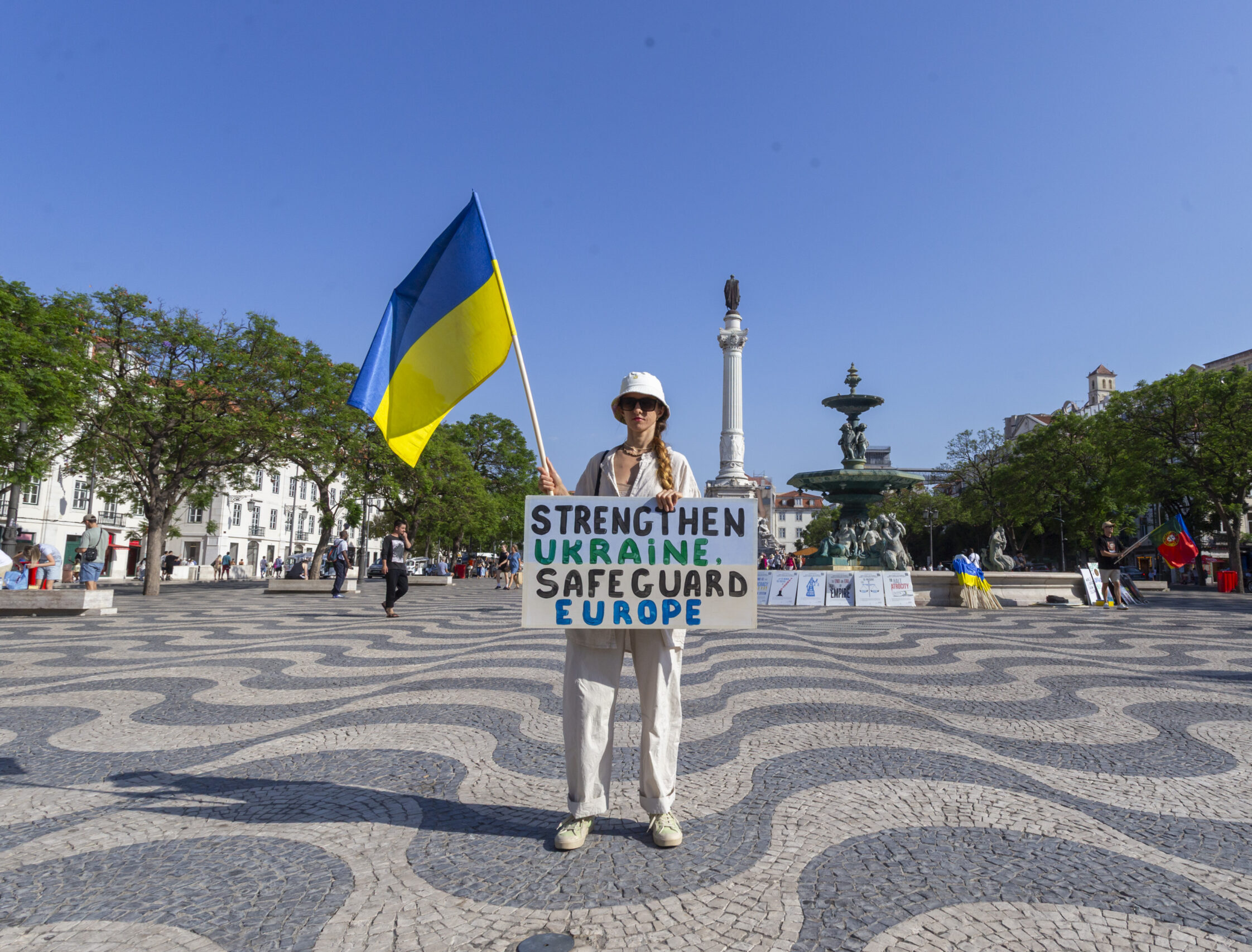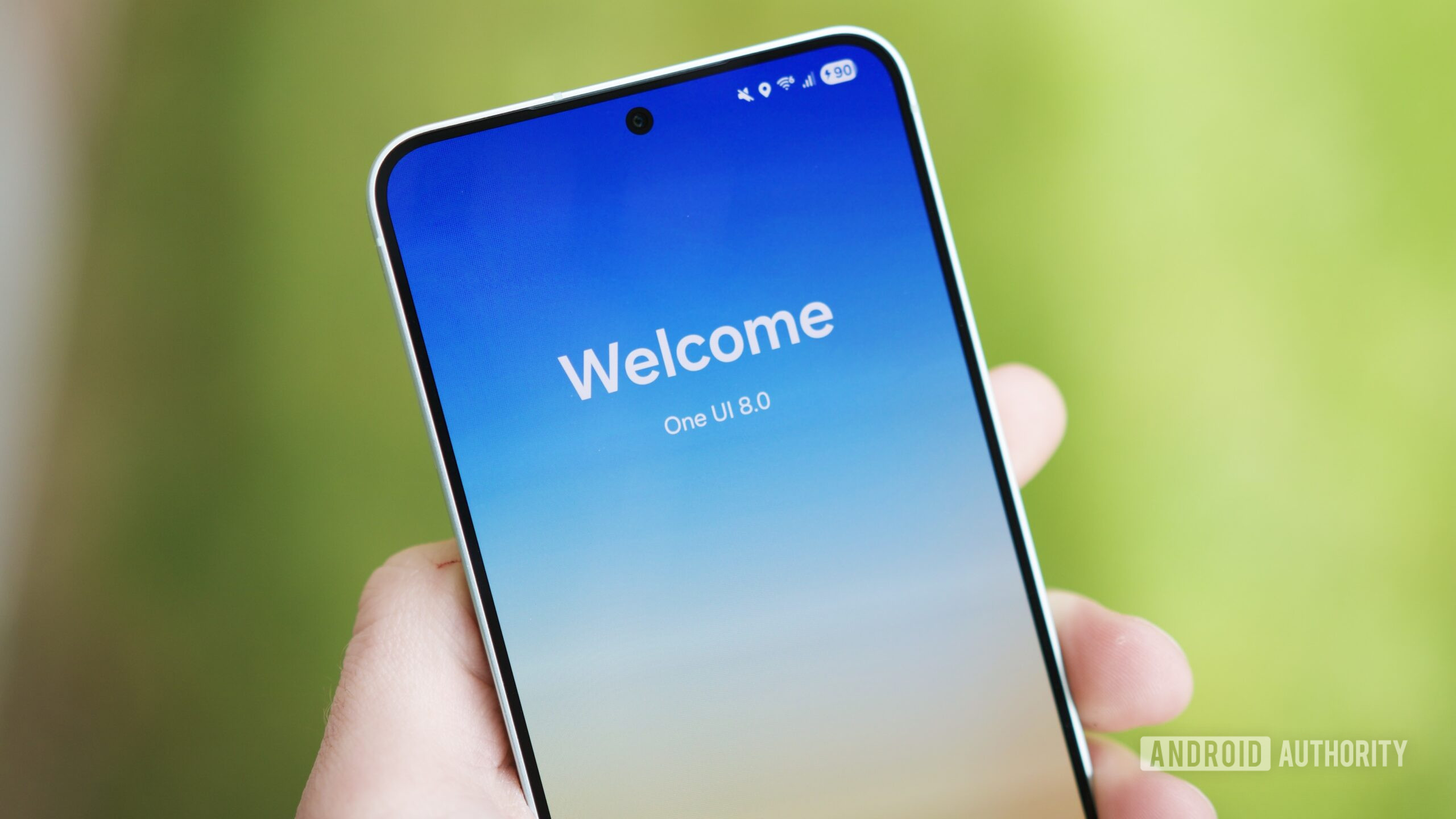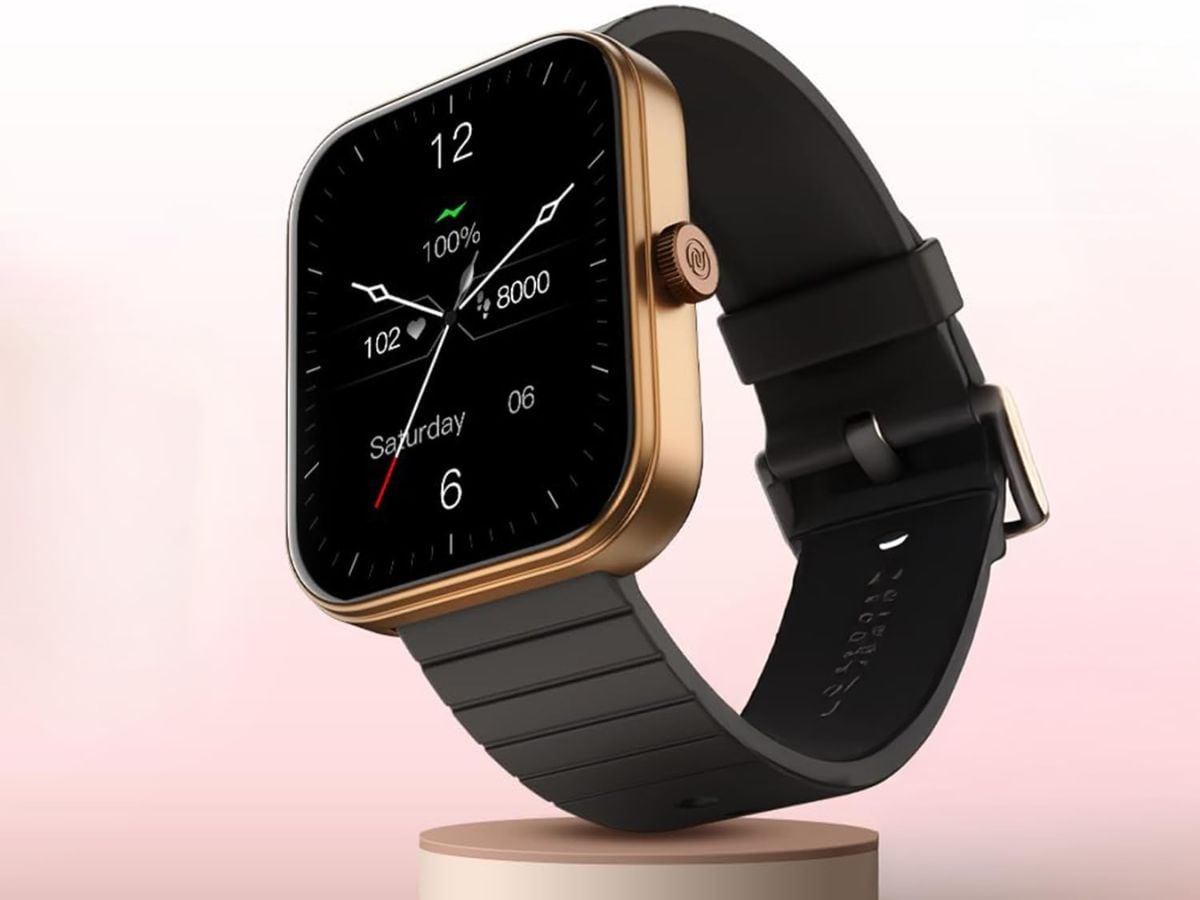100 milliliter boats in a transparent bag of up to a liter of capacity. That is the limit that everyone, absolutely everyone, we have tax if we want to wear liquids in hand luggage when traveling by plane. But that measure, dating from 2006, looks close to being eliminated in the European Union. The reason? The new 3D scanners that, little by little, begin to populate community airports.
But let’s start at the beginning.
Why 100 ml? To understand the why we have to go back to 2006. The 11-S attacks in 2001 caused, among other things, an important hardening in airport security measures. With this tragic recent event, in 2006 the CIA and the MI5 frustrated an attempt of attack that sought to explode several aircraft in full flight using two hidden liquid explosives in bottles: acetone peroxide and hexamethylendiamine triperoxide.
From then on, the authorities decided to limit the maximum capacity of the boats to 100 milliliters. The figure is not trivial. As explained by Kip Hawley, former director of the TSA (Transportation Security Administration), some explosives need to have “a critical diameter to achieve an explosion that causes damage.” The size of the container is, therefore, a self -safety measure itself as conventional X -ray escapes cannot reliably detect liquid explosives.

Image | Roberto Arias
Yes, an attacker could devote himself to mixing the liquid of several small bottles in a larger in full flight, but the liquid explosives are very unstable, so mixing them on board can end quite badly for the attacker. Acetone peroxide explosions are 80% more powerful than TNT, but it is a much more complicated compound to manipulate, to the point that a stronger coup of the account can cause an explosion.
The new scanners. The arrival of C3 scanners, however, has the potential to change the rules of the game. These scanners use computerized tomography to generate three -dimensional luggage images, so that the operator can see the content without the passenger to open the suitcase or backpack.

Yes, but no. These scanners have gone, little by little, reaching European airports. In fact, until September 2024, some airports allowed to pass security control with liquids above more than 100 ml. However, last year the European Union activated a temporary restriction due to a technical problem in the scanners. First in the HI-SCAN 6040 CTIX and, finally, in all others. That is why right now, even if you go through a new scanner, liquids are still limited to the capacity that accompanies us since 2006.
Out limits, but calm. As reported from Brussels, the European Union intends to eliminate this limit as soon as possible. Only the approval of the European Civil Aviation Conference (CEAC) is missing, which, according to the Italian newspaper Corriere, could come as soon as today or Monday. Now, the reality is what is: there are few airports that have these scanners. According to the Airports Council International Europe, as of July 2024 there were only around 350 scanners in 13 countries.
What does that mean? That the measure will not be removed from all airports. “It will only affect those airports that currently have this state -of -the -art team of scanners,” they point out from the commission. When will it happen? How before and imminently, they expect from Europe, although there is no concrete date.
Cover image | WorldOfSoftware
In WorldOfSoftware | Of course, Ryanair’s workers will try to catch you with the size of the suitcase. The salary is going in it












